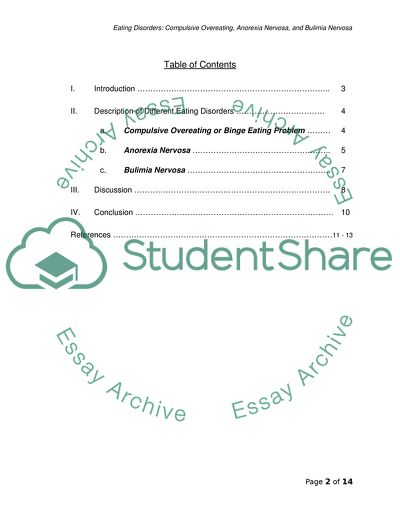Cite this document
(Eating Disorders: Compulsive Overeating, Anorexia, and Bulimia Literature review, n.d.)
Eating Disorders: Compulsive Overeating, Anorexia, and Bulimia Literature review. Retrieved from https://studentshare.org/health-sciences-medicine/1713148-eating-disorders
Eating Disorders: Compulsive Overeating, Anorexia, and Bulimia Literature review. Retrieved from https://studentshare.org/health-sciences-medicine/1713148-eating-disorders
(Eating Disorders: Compulsive Overeating, Anorexia, and Bulimia Literature Review)
Eating Disorders: Compulsive Overeating, Anorexia, and Bulimia Literature Review. https://studentshare.org/health-sciences-medicine/1713148-eating-disorders.
Eating Disorders: Compulsive Overeating, Anorexia, and Bulimia Literature Review. https://studentshare.org/health-sciences-medicine/1713148-eating-disorders.
“Eating Disorders: Compulsive Overeating, Anorexia, and Bulimia Literature Review”. https://studentshare.org/health-sciences-medicine/1713148-eating-disorders.


